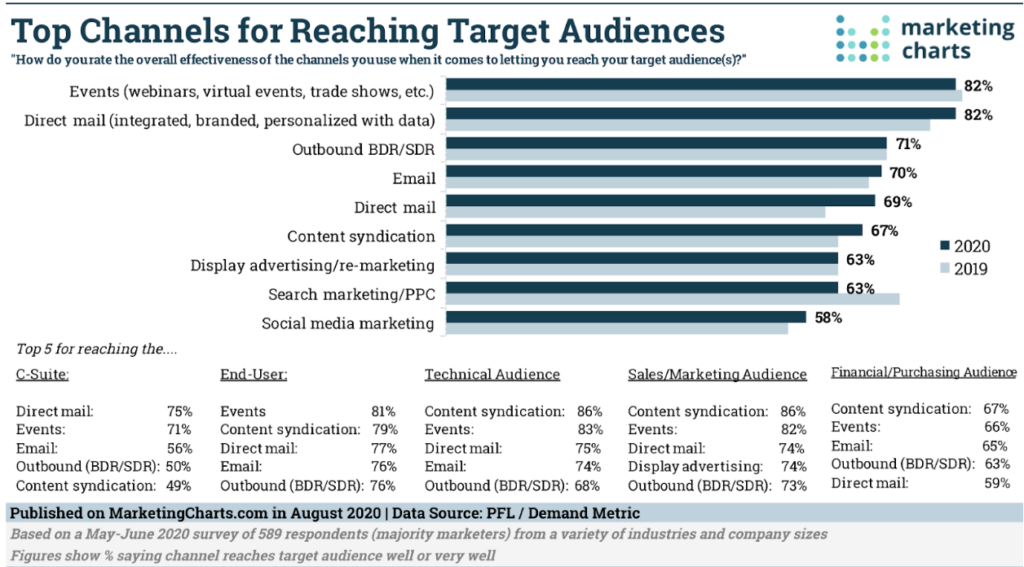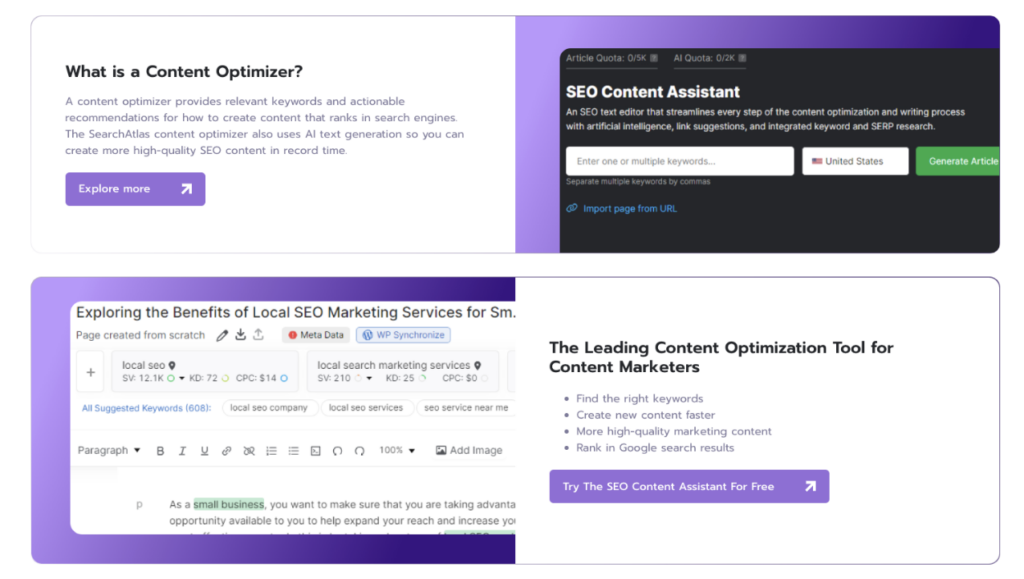How to Create a Future-Proof PR Plan (Template and Tool List!)
Discover how to create a future-proof PR plan. Use this detailed PR plan template and helpful tools list for PR teams.
Guest Post by Jeremy Moser
You just onboarded a new public relations client whose brand you truly believe in. Not only does this brand fit your ideal client profile, but it also has concrete plans to scale. The problem? The director wants a future-proof PR plan, stat.
They’re ready to get the word out about their new product launches and store openings and expect a plan by the end of the week. They’re looking to you to create a PR plan that’ll attract influencers, media reps, and customers who can help spread the word about their new venture — and if you can’t do that, they’ll look for someone who can.
Enter: The importance of a future-proof PR plan template.
When you’re pressed for time, you need a template to help you get your strategy together. If you’ve come across this article, chances are you don’t have one ready, and you’d like that to change.
The good news? After today, you’ll never be stuck wondering how to put together a future-proof PR plan quickly and effectively ever again.
So, bookmark this guide in your web browser, print it out, or make a copy and edit it to fit your needs.
And if you want to skip ahead, here’s the exact process you’ll need to create your PR strategy (plus some helpful tools) for any new client you may onboard now or in the future:
Future-Proof PR Plan Template Overview 📜
-
Outline who you’re trying to reach
-
Highlight your top PR goals
-
Conduct research for a deeper understanding
-
Define the key messages you want to communicate
-
Choose appropriate channels and mediums
-
Set specific objectives and plan your PR timeline
-
Solidify the types of content you’re going to use
-
Measure your results
🧰 Helpful PR tools and platforms
-
Respona: A communication tool to keep in touch with and respond to people you’ve engaged with
-
Critical Mention: A media monitoring tool for news, radio, TV, podcasts, and social media
-
MuckRack: A media relations tool to help pinpoint specific media journalists invested in your industry
-
HARO and Terkel: Journalist communication tools for backlinking
-
Cision: A media relationship management tool to help monitor your online presence and review advanced PR analytics and reports
-
PRWeb: A distribution network to help you manage and structure your press release distribution
-
Search Atlas SEO Content Assistant: A comprehensive and user-friendly SEO platform for optimizing press releases.
-
Meltwater: A media monitoring tool to help you follow media coverage across nearly 300,000 news sources
-
Grammarly and Writer.com: Proofreading tools to edit your press releases, value-driven statements, and content marketing assets
-
LinkedIn: A networking tool to help you connect with industry professionals.
1. Outline who you’re trying to reach
Who is your new client trying to reach? What are their dream connections, and would these connections feel aligned with their new venture? Why or why not?
In step one, be ultra-specific about who your upcoming PR strategy needs to attract.
Consider relevant influencers, media reps, and target customers that are in alignment.
For instance, if your client is looking to scale their storefronts across multiple states, make sure to get a firm grasp on each of their target audiences and corresponding segments.
For example, that could be:
- Single parents and caregivers in New York City
- New parents and caregivers in Miami, Florida
- New parents and caregivers on a limited budget in Dallas, Texas
- Parents and caregivers in Austin, Texas, who take care of Autistic children
Be sure to research additional influencers, affiliate marketers, journalists, and other public figures your client hasn’t outlined yet to help you advance your messages. More on messaging in a bit!
2. Highlight your top PR goals
Your client wants to attract influencers, media reps, and customers who can help spread the word about their new venture — great! That’s goal number one.
What other top PR goals are they looking to meet? Grab your planning team and meet with your new client to get into the nuts and bolts of their expectations.
Before going into the meeting, consider creating a framework to help you conduct a more intentional meeting.
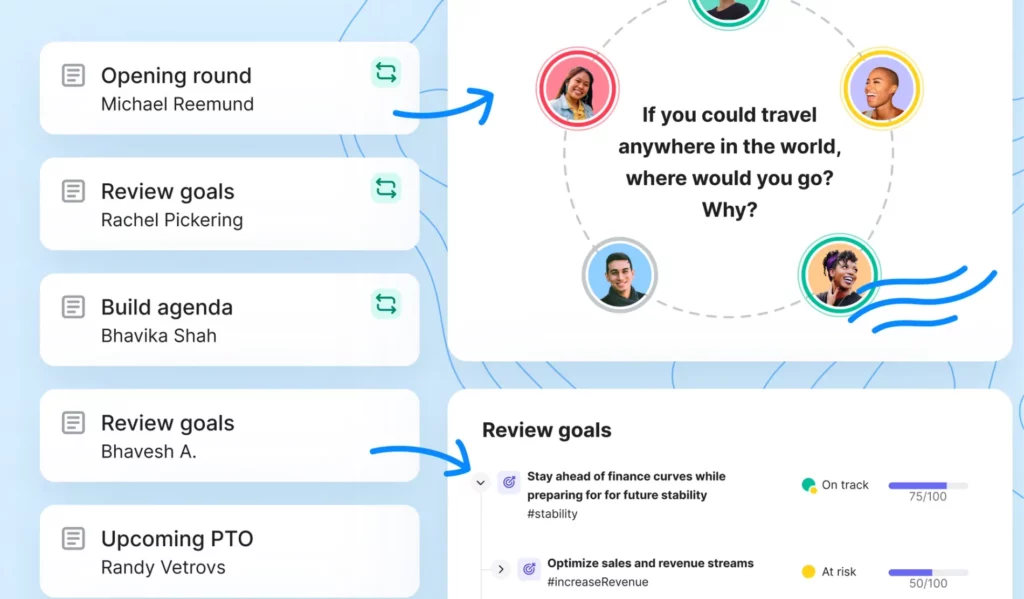
For instance, Robert’s Rules of Order framework was designed to help board directors conduct orderly, systematic, and goal-oriented meetings. You can follow this particular framework or consider previous meetings you’ve had and focus on carrying over the aspects that worked well.
For example, maybe in previous meetings, your clients found your goal creator slide deck helpful, or maybe you created a template that helped them refine their goals in three steps.
Whatever the case may be, go into the meeting with a plan and make sure you leave with a clear understanding of their top PR goals.
3. Conduct research for a deeper understanding
Now that you’re clear on your client’s goals, conduct research to understand their industry, target audience, and growth goals in a profound way.
Deepening your understanding is crucial to making wise decisions your clients can depend on.
For instance, consider calculating lead scoring points to determine which influencers, reps, and customers have the best chance of converting. Then, take a look at which specific publications love to publish content and press releases relevant to your client’s niche and growth vision.
Both of these strategies can help you put your eggs in the right baskets, so you don’t waste valuable outreach time on leads and media outlets that are misaligned.
This is also a crucial time to use analytics to conduct a deep-dive business review of the brand you’re advocating for. Who are they really? Why should the public care? Why do you care to help them advance their goal? Who are their competitors? What do their current customers think about them?
Believing in your client and knowing how they can impact the world for the better can not only help motivate you to keep pushing, but it can also help you focus your messages on what matters most.
And speaking of focusing your messages …
4. Define the key messages you want to communicate
What key messages do you want to communicate on behalf of the brand you’re representing?
Are they launching a new green initiative the world has to know about? Will they be introducing new self-service options their customers have been asking about? Are they revolutionizing the cybersecurity landscape? Did customer feedback drive new product innovation?
Hone in on the details and craft short, compelling pitches and value-driven statements that define the key messages you want to communicate.
Here’s an example of PR efforts:
“Virtual Reality brand NextChance just dropped their latest invention of virtual reality headsets to an economical rate of just $99, a whopping 90% drop in price compared to its previous A1 and A2 models. The discount expires in 48 hours, after which the price will increase to $249, which will stay until the next model launches. Tune into the NextChance podcast today at 11 am for more details!”
5. Choose appropriate channels and mediums to communicate your messages
Review the research you conducted prior and narrow down the channels and mediums that would be the most effective at helping you communicate your messages.
For instance, if your client serves a B2B audience, then you might discover that LinkedIn, Twitter, industry-related conferences, podcasts, PPC, and guest posting on high authority sites are your best chances at communicating successfully.
6. Set specific objectives and plan your PR timeline
What’s your end goal for each channel and medium?
Once you’ve narrowed down your channels and mediums, make sure to set specific objectives for each one. Then plan a detailed PR timeline to help you meet your objectives.
Start with the end in mind and then craft milestone goals to help you tackle your long-term vision in digestible chunks.
Here’s a quick example:
Specific objectives per channel/medium:
- Guest posting: Build authoritative backlinks that raise domain authority to DR60 or higher
- LinkedIn: Build meaningful relationships and connections with industry peers
- PPC: Drive 10% more sales using PPC ads alone by the end of Q3
Timeline milestone goals per channel/medium:
- Guest posting: Secure 10 guest posts for month one, 20 guest posts for month two, and 30 guest posts for month three
- LinkedIn: Send 15 connection invitations to relevant industry peers Monday through Friday, every week
- PPC: Hire a renowned copywriter to conduct A/B testing and write high-conversion copy in batches each month
7. Solidify the types of content you’re going to use
What types of content assets will you create to help you meet your objectives for each channel?
Aside from using the latest AI for content creation, investing in a solid content writing team with subject-matter expertise is also a great idea. AI tools can be helpful for light editing, plagiarism checks, brainstorming, and topic ideation, while subject-matter experts can give your content the depth and human touch it needs.
When contemplating the types of content you’ll be creating, consider who you want to reach with your content, your objectives, and the medium or channel you’re using. You want each asset to feel native to the platform you’re promoting it on and have a clear goal or reason for publication.
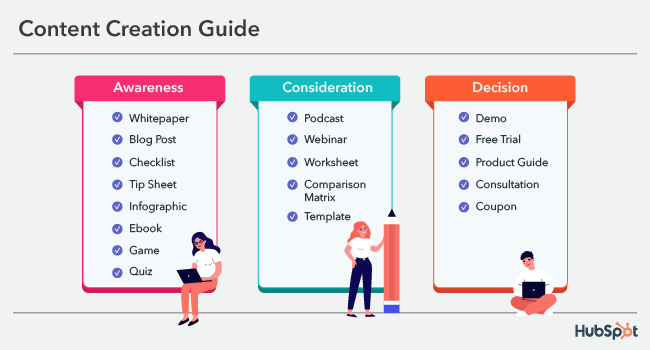
For instance, sharing thought leadership content and industry-related tips works great on LinkedIn. And producing content based on search intent is a strategy you can always count on when guest posting.
So, grab your channel/medium list, and note the content assets you’ll be producing for each one according to your unique objectives.
8. Measure your results
As you work through your public relations timeline, analyze and measure your results and course-correct when needed.
Keep your client updated as your timeline progresses, and be sure to note any wins you experience — big or small.
If you notice anything in your PR plan that could set the timeline back, strategize solutions, and notify your client as soon as possible. Make sure they know you have a plan in place to get the timeline back on track.
As you notice initiatives that are working, invest more time and content assets in nurturing those tactics and reduce time spent on efforts that aren’t producing results. Just remember that some initiatives may require ongoing, consistent action before you’ll see the results you’re looking for.
Be sure to also set realistic time constraints and revisit client expectations if needed.
Helpful PR tools and platforms
Did you make it through the PR plan template? Congratulations! You’re on your way to making big things happen for your new client and boosting brand awareness.
Need an extra leg up on your public relations strategy before you go? Here are some PR tools and media channels you might find helpful:
Respona
Use Respona to stay in touch with and respond to the people you’ve engaged with on your PR campaigns.
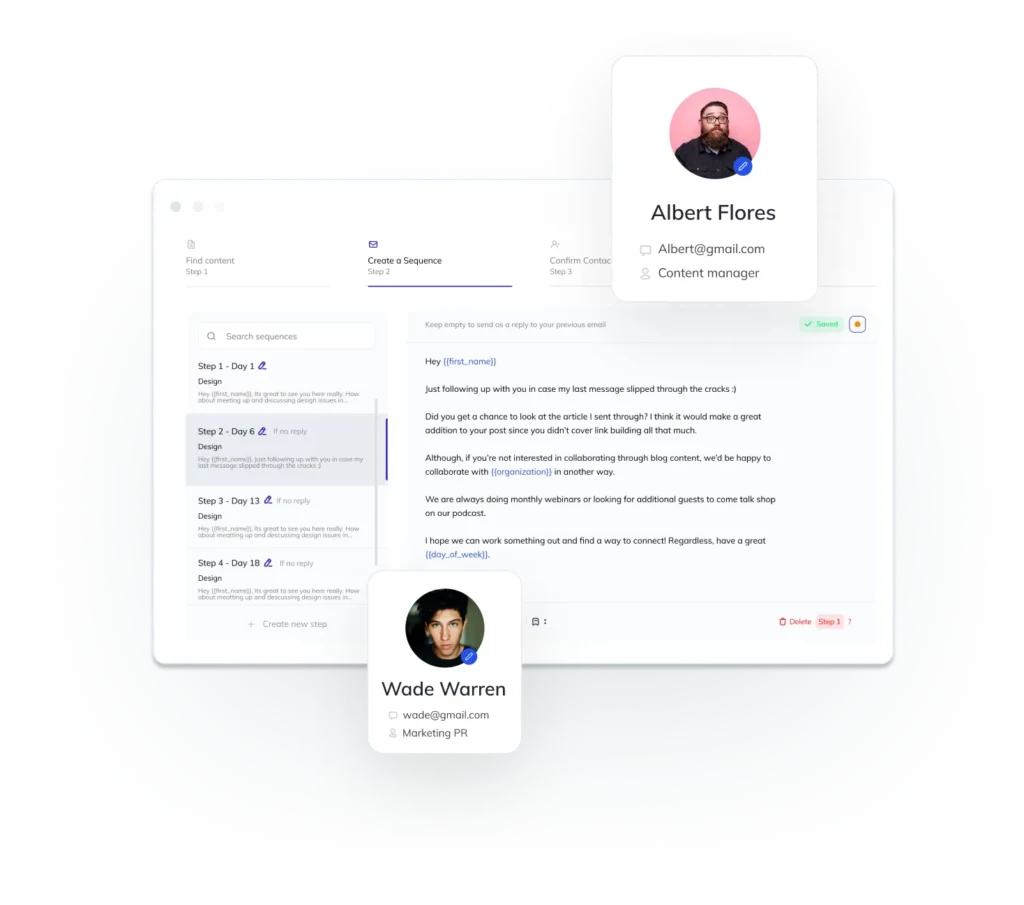
Critical Mention
Use Critical Mention to monitor news and current events via news outlets, radio, TV, podcasts, and social media.
MuckRack
Use MuckRack to help you pinpoint specific media journalists invested in your client’s industry. The goal is to build media relationships with these thought leaders.
HARO and Terkel
Use a combination of HARO (Help A Reporter Out) and Terkal to respond to journalists’ requests for a chance to score authoritative backlinks and up your media strategy game.
Cision
Monitor your online presence and review advanced PR analytics and reports with Cision, a media relationship management tool. Understand if you are meeting your business goals.
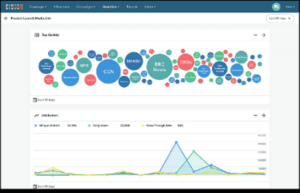
PRWeb
Use the distribution network PRWeb to help manage and structure your press release distribution.
Search Atlas SEO Content Assistant
The Search Atlas content optimizer is a powerful tool that can help you create press releases that rank.
It provides valuable insights on relevant keywords and actionable recommendations to optimize your content, enabling you to create top-notch SEO content in a fraction of the time.
Meltwater
Follow media coverage across nearly 300,000 news sources with Meltwater, a media monitoring tool.
Grammarly and Writer.com
Proofread your press releases, value-driven statements, and thought leader assets with Grammarly and Writer.com. Use the plagiarism checker to ensure your content is 100% authentic and the readability checker to make sure your copy is suitable for the average reader.
Use LinkedIn to connect with industry professionals in your client’s niche. For your own career development, build long-term relationships and create a mutual value exchange with media reps, public figures, and influencers.
Wrap up
And that’s it!
You officially have everything you need to launch your new future-proof PR strategy.
Call your new client back and let them know you have a treat in store for them — you made the deadline in time! 😉
Here’s to your success!
About the Author
Jeremy Moser is co-founder & CEO at uSERP, a digital PR and SEO agency working with brands like Monday, ActiveCampaign, Hotjar, and more. He also buys and builds SaaS companies like Wordable.io and writes for publications like Entrepreneur and Search Engine Journal.










































































